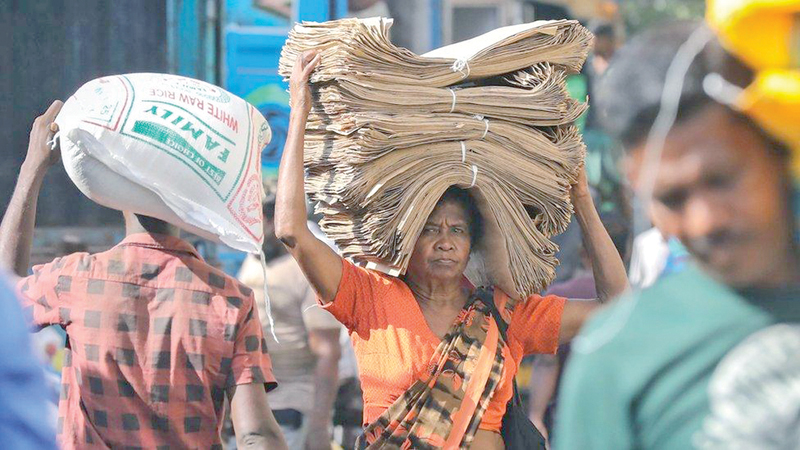Sri Lanka’s economy has stabilised remarkably well since weathering its worst economic crisis since Independence, but there are substantial risks of a relapse, the report on ‘Sustaining transformative growth in Sri Lanka 2025–2030’ by an Independent Growth Study Group under the auspices of ODI Global and the Centre for Poverty Analysis (CEPA) reveals.
Thanks to three years of effort and sacrifice, today, Sri Lanka’s economy is stabilising, moving on from the dark days of debt default and economic crisis in 2022, the report stated.
It commends the Government for continuing with the 2023 International Monetary Fund program and completing the process of negotiations on restructuring the debt.
This provides the foundation for much needed policy consistency, the report stated while noting that the country now needs to continue with macroeconomic stabilisation and implement a range of growth policies, with a new focus on state capacity.
The economy grew 5% in 2024 and 4.8% in 2025 Q1 (after six quarters of negative growth ending in 2023 Q2), with some return to confidence. Inflation has abated significantly from its peak of 70% in September 2022.
However, the reversal in poverty reduction gains during the economic crisis has taken Sri Lanka back to its high poverty levels of the early 2000s.
The estimated income poverty (share of the population living on less than $3.65 a day) remains stubbornly high, affecting as much as a quarter of the population in 2024, and twice as high as in 2021.
It is imperative to implement structural reforms to avoid another painful debt restructuring and a rise in poverty.
It also notes that mounting risks of a global trade war and a gloomy global economy could have significant impact on the debt-stressed Sri Lankan economy. At best, growth may be 3%; without reforms, it could slide below that. The country’s already high levels of income poverty are likely to rise.
But there are huge opportunities for strategically located Sri Lanka in complex geopolitical times to transform its economy, building on existing production abilities and creating new ones. For instance, tourism is booming and can expand further.
The digital economy is largely untapped. Opportunities exist in agriculture, which can support greater food security. The priority in 2025 is for a growth plan based on macroeconomic stability, structural reforms and supporting priority sectors. Such a plan needs to be continued for at least five years to 2030 and implemented effectively.
The report proposes six main policy areas to achieve economic growth such as continuing macroeconomic stability and enhance credibility, promoting global supply chains, exports and foreign direct investment (FDI), improving factor markets, designing and implementing sector and market-specific policies, improve policies to reduce poverty and building political consensus and capacity around growth policies.






